Why Green DAP Fertilizer Manufacturing is the Key to Reducing Carbon Footprint in Agriculture
In the face of growing environmental concerns, industries worldwide are taking measures to minimize their carbon footprints, and agriculture is no exception. One of the most significant contributors to agricultural greenhouse gas emissions is the production of fertilizers, especially traditional phosphate-based ones like diammonium phosphate (DAP). However, the emergence of Green DAP Fertilizer Manufacturing has presented a sustainable alternative, offering a way to reduce the carbon footprint of fertilizer production while maintaining agricultural productivity.
Understanding the Environmental Impact of Traditional DAP Fertilizer Production
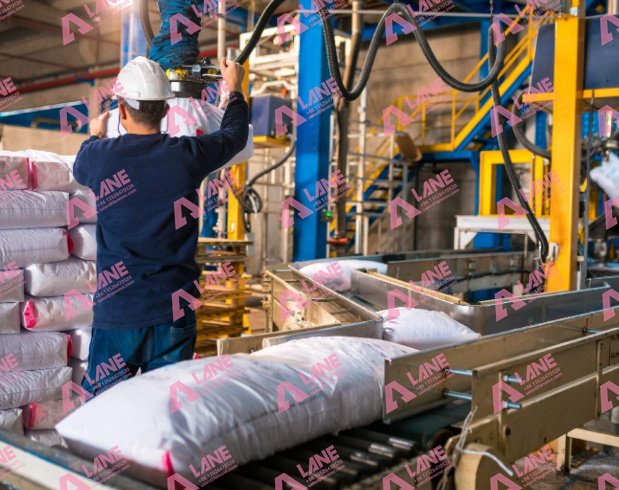
Traditional DAP fertilizer manufacturing is energy-intensive and produces significant amounts of carbon emissions. The conventional process primarily involves the reaction of phosphoric acid with ammonia, which requires large amounts of natural gas for both energy and raw materials. This process contributes to:
- High Energy Consumption: The production of phosphoric acid, a key ingredient in DAP fertilizer, requires substantial energy, primarily derived from fossil fuels.
- Carbon Dioxide Emissions: The high-energy consumption leads to the emission of carbon dioxide (CO₂), a major greenhouse gas that contributes to climate change.
- Nitrogen Oxides: The ammonia production process also produces nitrogen oxides (NOx), which can contribute to air pollution and further environmental degradation.
The environmental toll of traditional DAP fertilizer production has prompted the search for greener alternatives—leading to the development of Green DAP Fertilizer Manufacturing methods.
What is Green DAP Fertilizer Manufacturing?
Green DAP Fertilizer Manufacturing involves adopting more sustainable and eco-friendly practices during the production of diammonium phosphate. Unlike traditional methods, the green version focuses on reducing energy consumption, minimizing CO₂ emissions, and using renewable or alternative energy sources. The core elements of Green DAP Fertilizer Manufacturing include:
- Energy Efficiency: By optimizing the production process and using energy-efficient equipment, Green DAP Fertilizer Manufacturing reduces the amount of energy required to produce the same quantity of fertilizer.
- Use of Renewable Energy: Many green fertilizer plants are incorporating renewable energy sources, such as solar or wind power, to replace fossil fuels in the production process. This significantly reduces CO₂ emissions.
- Low-Emission Technologies: Advanced technologies like carbon capture and storage (CCS) and denitrification methods are used to capture CO₂ and nitrogen emissions, preventing them from entering the atmosphere.
- Alternative Raw Materials: Some green DAP production methods focus on using alternative, more sustainable raw materials such as recycled phosphorous, reducing the need for mining, which is both energy-intensive and environmentally damaging.
How Green DAP Fertilizer Manufacturing Reduces Carbon Footprint
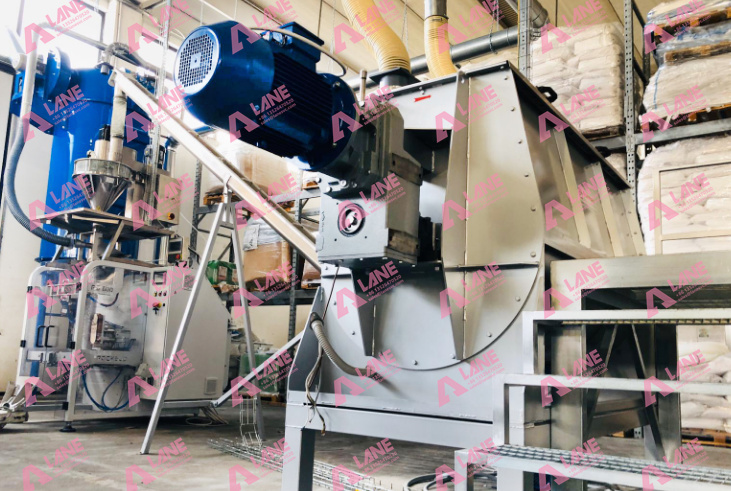
The shift to Green DAP Fertilizer Manufacturing is critical in reducing the carbon footprint of agriculture. Below are the ways in which green manufacturing practices make a difference:
1. Lowering CO2 Emissions
By implementing energy-efficient technologies and using renewable energy sources, Green DAP Fertilizer Manufacturing reduces the carbon emissions that result from fossil fuel combustion. For example, solar or wind energy can replace natural gas in the production process, cutting down the greenhouse gases associated with fertilizer production.
Moreover, advanced emission control technologies such as carbon capture and storage (CCS) help capture CO₂ before it is released into the atmosphere. By preventing CO₂ emissions, Green DAP Fertilizer Manufacturing plays a crucial role in reducing agriculture’s contribution to climate change.
2. Reducing Nitrogen Pollution
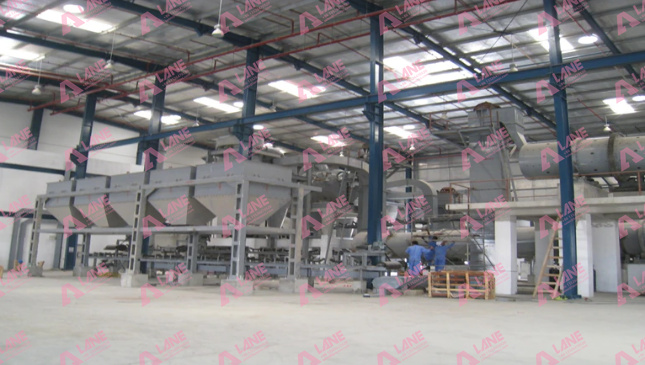
The production of ammonia for DAP fertilizer results in the release of nitrogen oxides (NOx), which are harmful pollutants. These gases can contribute to air pollution, smog formation, and acid rain. Green DAP Fertilizer Manufacturing employs methods to capture and treat nitrogen oxides, reducing the environmental damage caused by nitrogen pollution.
Through improved process control and use of advanced technologies, nitrogen emissions are minimized, leading to cleaner air and healthier ecosystems.
3. Reducing Dependency on Fossil Fuels
The green production of DAP fertilizer seeks to minimize the use of non-renewable resources like natural gas, which is traditionally used for both the ammonia synthesis process and as a fuel source. By using renewable energy in the production process, Green DAP Fertilizer Manufacturing decreases the reliance on fossil fuels, reducing the industry’s overall carbon footprint.
4. Sustainable Sourcing of Phosphorus
In traditional DAP production, phosphate rock is mined, which is an environmentally damaging process. The extraction of phosphate rock often leads to habitat destruction, loss of biodiversity, and environmental degradation. Green DAP plants are focusing on sustainable alternatives, such as recycling phosphorus from waste products and using phosphorus from renewable sources. This reduces the environmental impact of mining while ensuring that phosphorus is available for use in fertilizers without depleting natural resources.
Benefits of Green DAP Fertilizer Manufacturing for Agriculture

Adopting Green DAP Fertilizer Manufacturing not only benefits the environment but also offers several advantages to farmers and the agriculture industry as a whole:
1. Improved Soil Health
Sustainable DAP production methods ensure that the fertilizer is more environmentally friendly, which translates to healthier soils and ecosystems. By reducing pollutants and harmful chemicals, Green DAP Fertilizer Manufacturing contributes to maintaining balanced soil chemistry and promoting healthy microbial activity.
2. Enhanced Crop Productivity
As the demand for high-quality, efficient fertilizers increases, the shift to green manufacturing helps improve the efficiency of fertilizers, providing plants with essential nutrients while minimizing environmental impact. This can result in higher crop yields and better-quality produce, benefitting farmers.
3. Compliance with Environmental Regulations
Governments worldwide are tightening regulations on the environmental impact of manufacturing industries, including fertilizer production. By investing in Green DAP Fertilizer Manufacturing, companies can ensure compliance with stricter environmental regulations, avoiding fines and enhancing their reputation as sustainable businesses.
4. Cost Savings in the Long Term
Although green technologies might require higher upfront investment, they often lead to cost savings in the long run. Using renewable energy, recycling materials, and improving energy efficiency reduces operational costs. Additionally, minimizing emissions and waste can lower the costs associated with environmental penalties, waste management, and energy consumption.
Conclusion
Green DAP Fertilizer Manufacturing is a crucial step toward reducing the carbon footprint of the agricultural industry. By embracing sustainable practices such as energy efficiency, renewable energy use, low-emission technologies, and sustainable raw material sourcing, the fertilizer industry can significantly lower its environmental impact. These practices not only help mitigate the effects of climate change but also promote healthier soils, higher crop yields, and a more sustainable agricultural future.
As the demand for eco-friendly fertilizers increases, Green DAP Fertilizer Manufacturing will play a key role in shaping the future of global agriculture, helping to strike a balance between productivity and environmental responsibility.
Latest Articles & Tips
More-
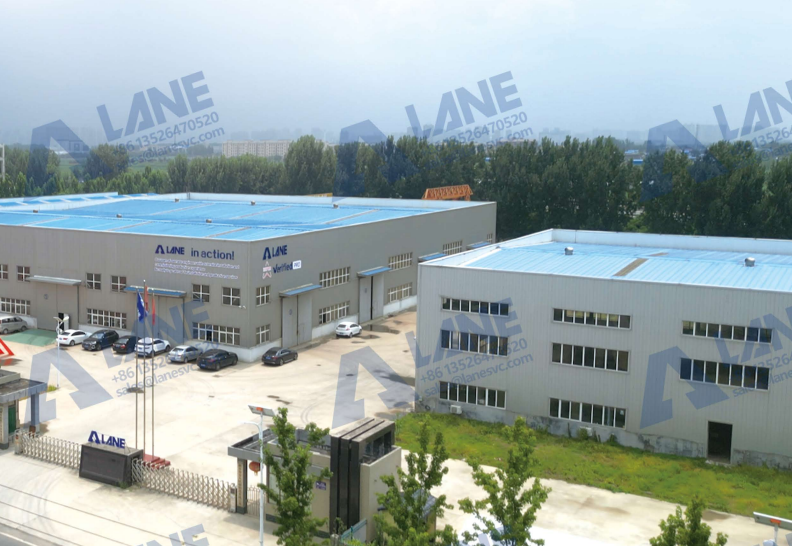
03/14
OEM Fertilizer Equipment Manufacturing: Custom Solutions for Your Production Needs
read more -
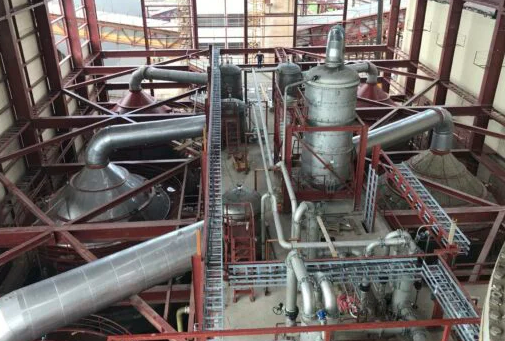
02/27
Fertilizer Granulation for DAP and MAP: Enhancing Efficiency in Fertilizer Production
read more -
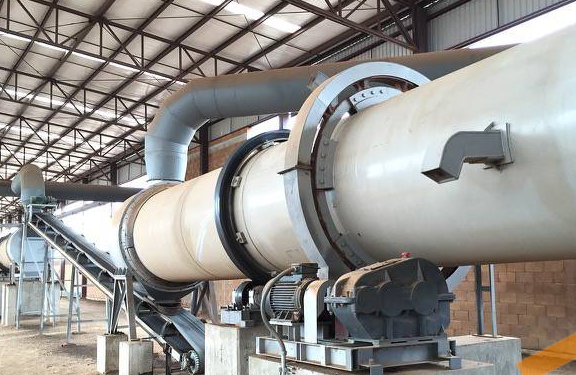
02/27
Fertilizer Production Solutions: Optimizing Efficiency and Sustainability in Fertilizer Manufacturing
read more -
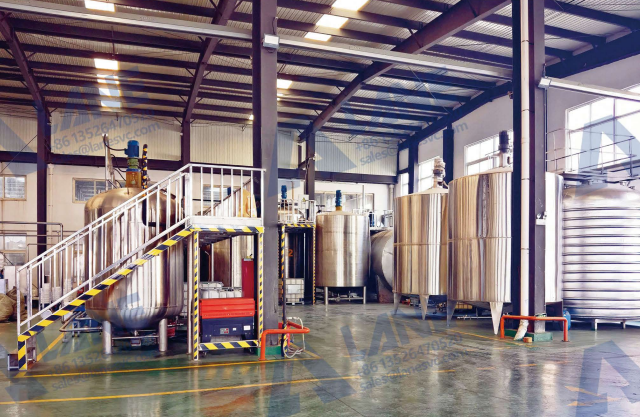
02/13
Chemical Fertilizer Production Line: Enhancing Agricultural Productivity with Precision Manufacturing
read more



Send a message to us